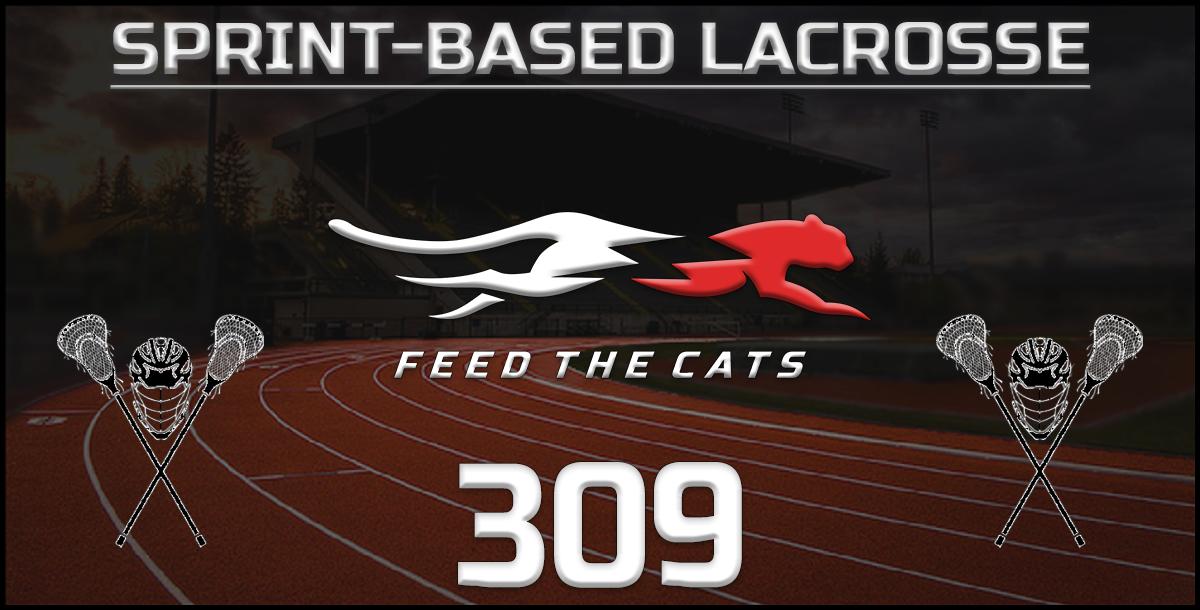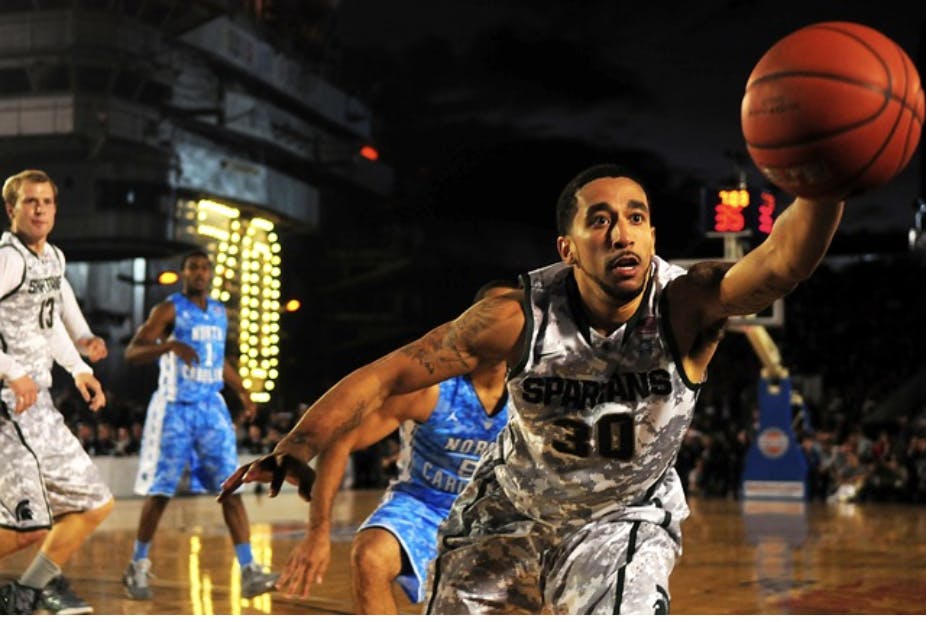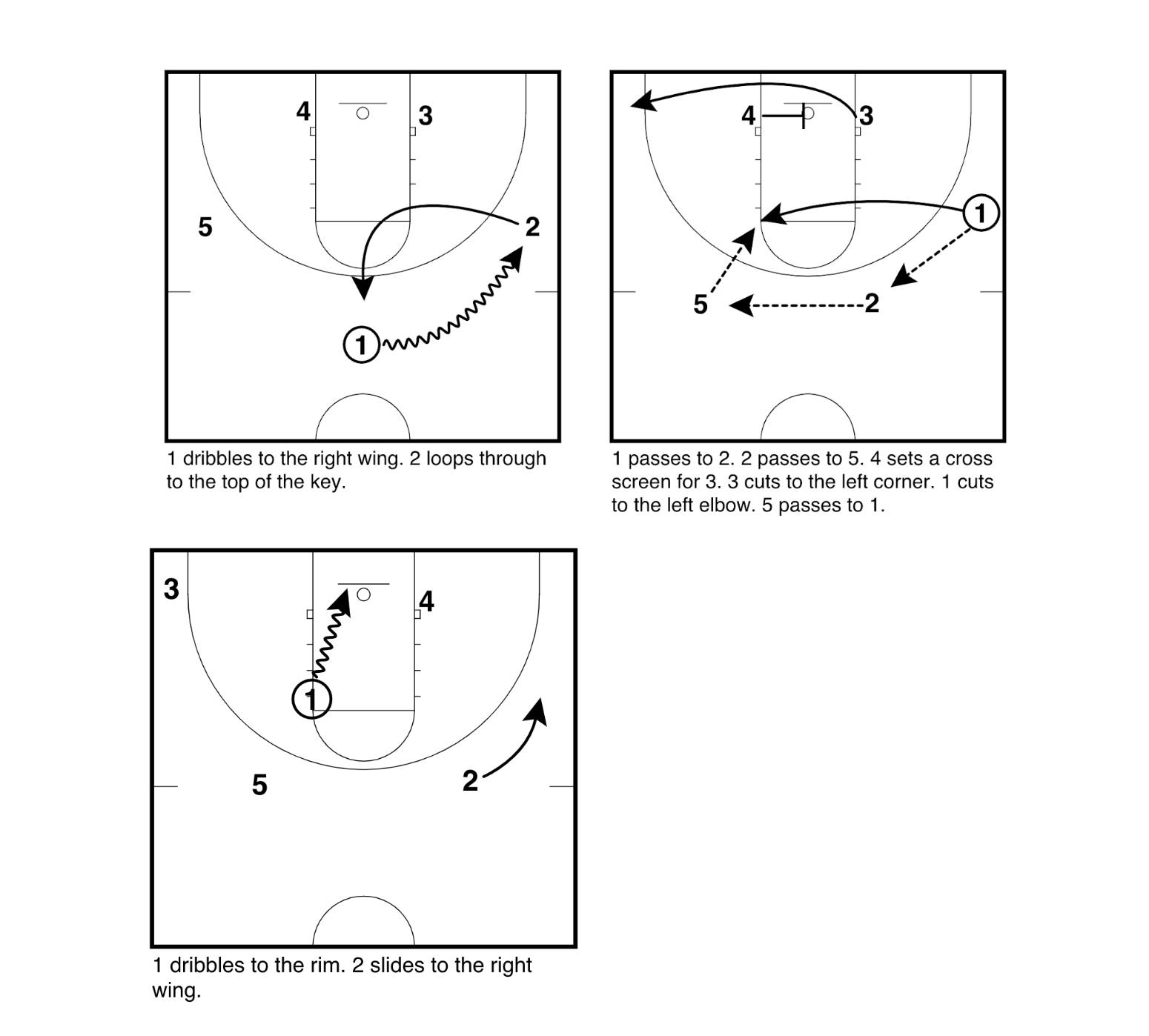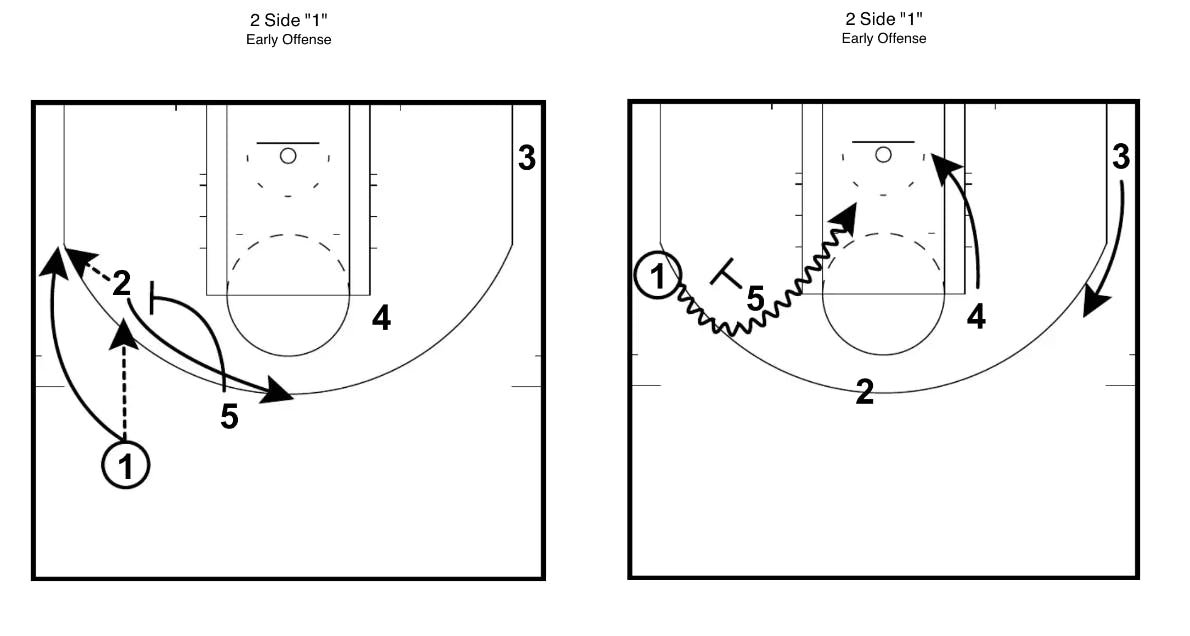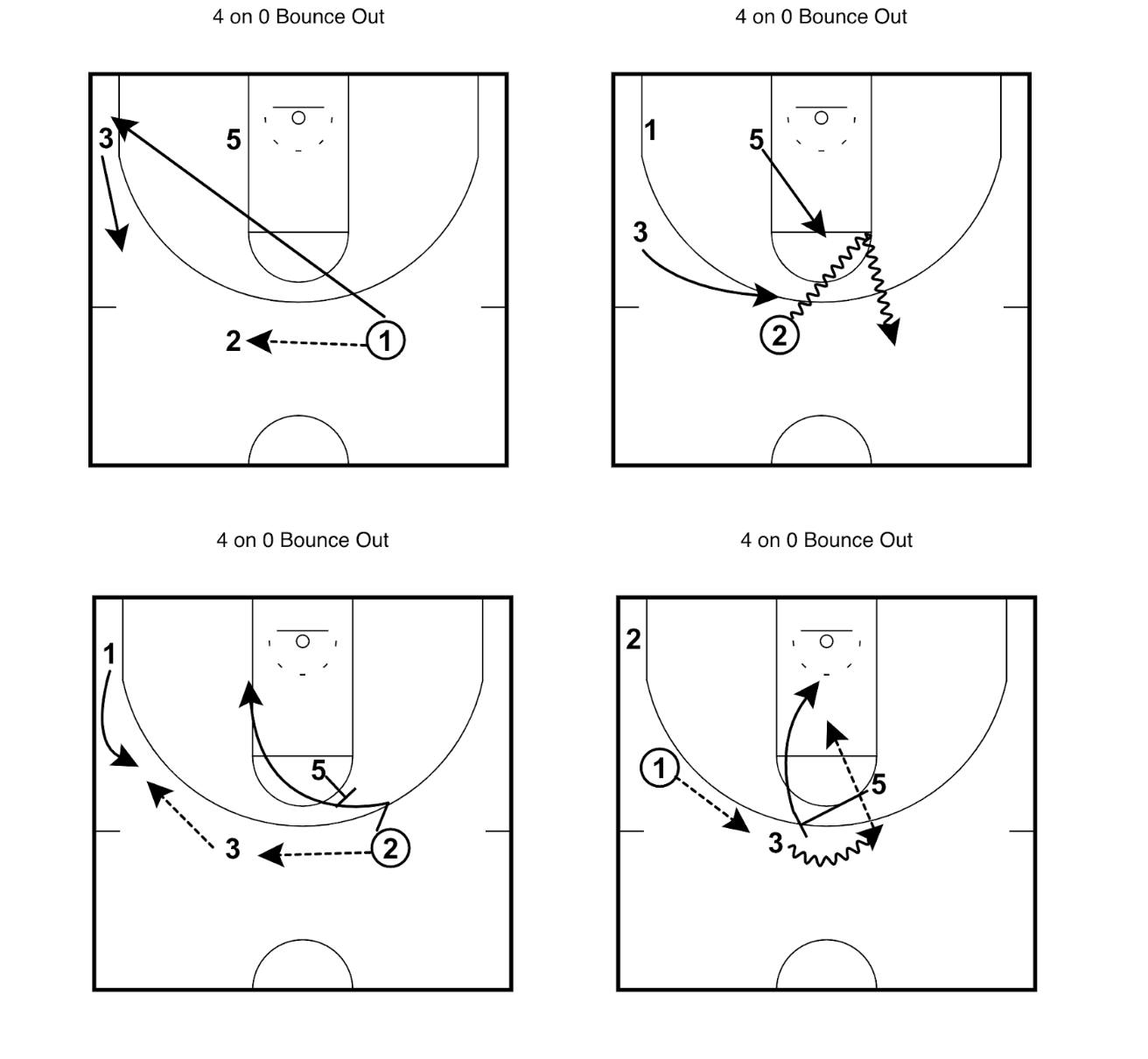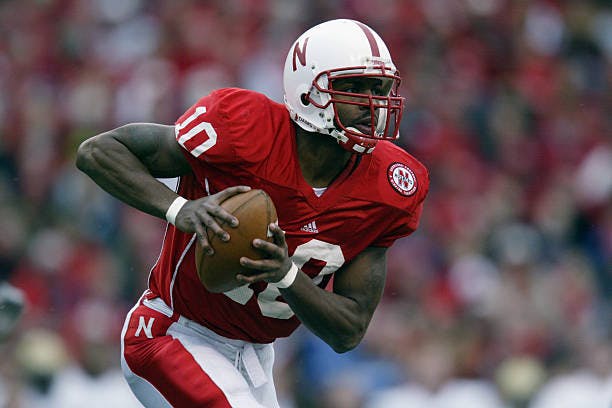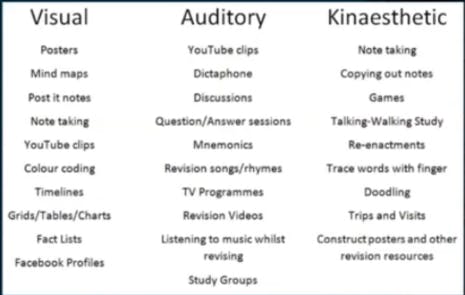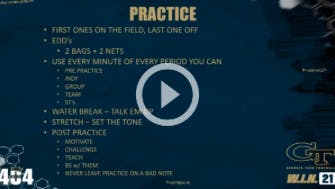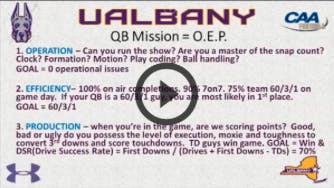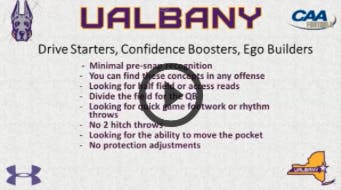Pete Sampras dominated the entire world of tennis through a dominant use of the serve-and-volley strategy. He consistently forced his opponents to make unforced errors through his excellence in this type of play. However, just as in other sports, tennis has gone through a change of play. No longer is the serve-and-volley approach recommended by tennis experts. This doesn’t mean it’s completely extinct though. Here, I’ll show you how to beat it when you see it!
Basic Meaning of Serve-and-Volley
The goal of a serve-and-volley player isn’t complex. Simply put, they’re looking to get in a strong first serve that doesn’t allow a strong groundstroke in the return. Then, immediately after serving, they’ll rush the net and look to volley the ball back before it hits the ground. The two primary qualities needed are a big serve and quickness off the line. As for the returner, it puts them in immediate pressure. Even though it’s tough to get a strong return on a big serve, you can’t hit a light shot that allows the server plenty of time to set up a winner.
The Fastest Miles Ever Run
Typically, serve-and-volley players are going to experience more success on hardcourt and grass court surfaces. It can be a daunting task for the opponent, but there are still plenty of ways to get by these serve-and-volley players with a victory.
Look for Your Chances
Cautious or Reckless?
There are two ways you can attack a serve-and-volley player: cautiously or recklessly. The cautious approach will lead to you just returning the first serve and not attempting any type of passing shots. Essentially, you’re not going to let your own shots lose the point, but rather make the opponent win the point. Conversely, a reckless strategy will attempt a high-degree of passing shots. This player will try to hit a big shot with every swing and go for a winner often. There are glaring negatives with each approach. A cautious approach can result in an experienced player making quick work of you. Meanwhile, a reckless approach will lead to a high number of unforced errors.
A Little of Both
My best solution is to play a mixture of cautious and reckless. With a serve-and-volley player, you’re not going to have a chance for a point on every shot. This requires patience. If they make a strong serve, just get a return in and wait for the opportunity to hit a winner. Sometimes, you’ll even luck out and they’ll miss on an open shot. The key is to wait for your chances. Don’t give your opponent free points, make them earn it!
Play to Their Weaknesses
Unless you’re playing someone like Roger Federer or Novak Djokovic, chances are your opponent will have some holes in their game. As a player, it is your job to find these weaknesses and take advantage of them. Even if this requires you to alter your approach slightly, it is still likely going to be worth it. If you don’t have the opportunity to watch them in a previous match, check out how they play warming up and in the early stages of your match. Do they struggle running back if a lob was hit over their head? Is their backhand or forehand stronger? Finding answers to these questions will help greatly as the match carries on.
Get the First Return In
As I mentioned earlier, a big serve is a critical part of the serve-and-volley approach. If they can’t force you to stay back behind the baseline, then the serve-and-volley strategy won’t be effective. Assuming they do have a strong serve, the only way to stay in the point is to get the first return over the net. While it would be ideal to get a decent return in, I recommend making sure you get the first return in for the early stages of the match. This will not only make the games closer, but it will increase your own confidence. If they’re serving up aces on multiple serves each game, then chances are your confidence would start to drop and your own game would suffer. However, getting the returns early in the match will make you believe that you can start trying different and stronger returns as the game progresses.
Try to Keep Them Back
At the core of serve-and-volley player’s games is the idea that they want to get to the net. They want to put pressure on you. On the opposite end, you will want to keep them back closer to the baseline. Once they get to the net, it will be tougher to win the point. There are two methods for this. First, you can work on blocking the initial serve back so it goes deeper on your opponent’s court. This shot takes a lot of work due to the speed this serve may be coming in at. However, it will keep them closer to the baseline. The second approach is for when the server is able to get to the net. In these situations, you can hit a lob. A lob goes over their head and forces them retreat on their court. If you’re able to successfully hit a few good lobs, it could also force them to hang back longer on some points due to tentativeness.
Hold Serve
Serve-and-volley players are going to be tough to break on most occasions. In these matches, you may only have a few break opportunities. With this being the case, it is vital to hold your own service games. By doing so, it will not only put you in a better position to win, but also apply more pressure to them on their service games. While learning how to effectively serve is a long concept in its own, the best advice I can give here is to be aware of them coming to the net when you’re serving. After one or two shots, they’ll look to charge the net and put pressure on you. They will want to prevent any long rallies, so don’t be worried when they do come in.
Control Momentum
In nearly every sport, the word ‘momentum’ gets tossed around frequently. A team can be rolling along and then one play can change the entire outlook of the game. The same idea is present in tennis. Your opponent can be controlling the match, but one break could certainly change the tides. Be aware of this and try to grab the momentum early in the match. Players aren’t always completely ready when the game starts, so take advantage of this and come out ready to play. This will not only ensure momentum is on your side, but can also set a tone for the rest of the match.
Practice!
Since serve-and-volley is a rarity in today’s game, it is tougher to be prepared for it when a player pulls it out. As a result, practice the concepts utilized by it during practice. For example, have a teammate serve and then rush the net against you even if they’re not a serve-and-volley player. They don’t have to possess a huge serve. Just practicing against the basic concepts will put you in a better mental mindset for moments when you’re faced with it in an actual match.


